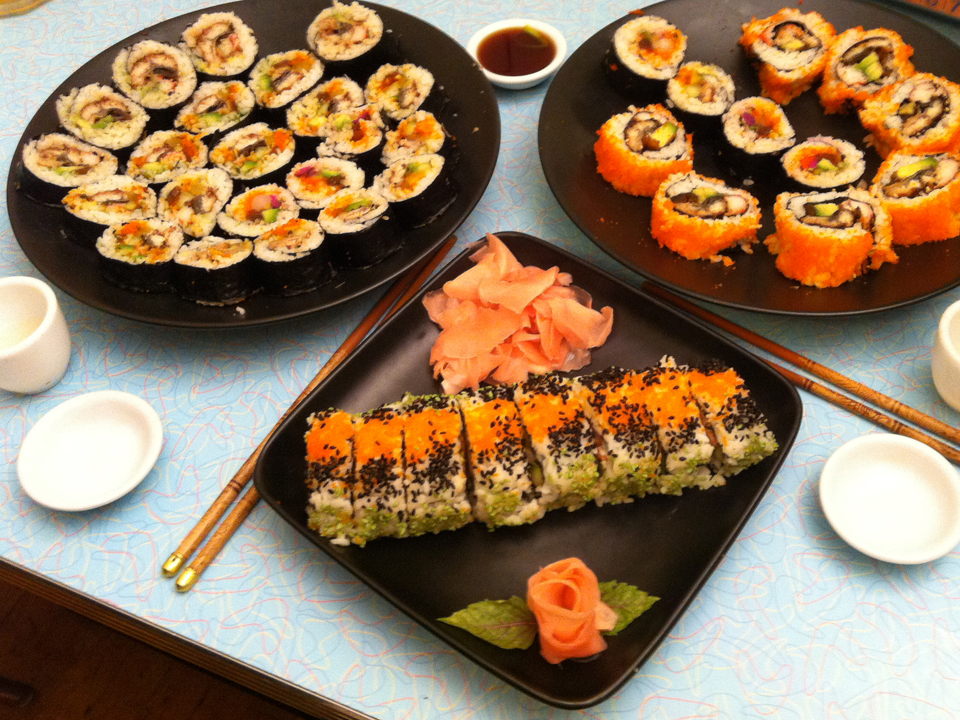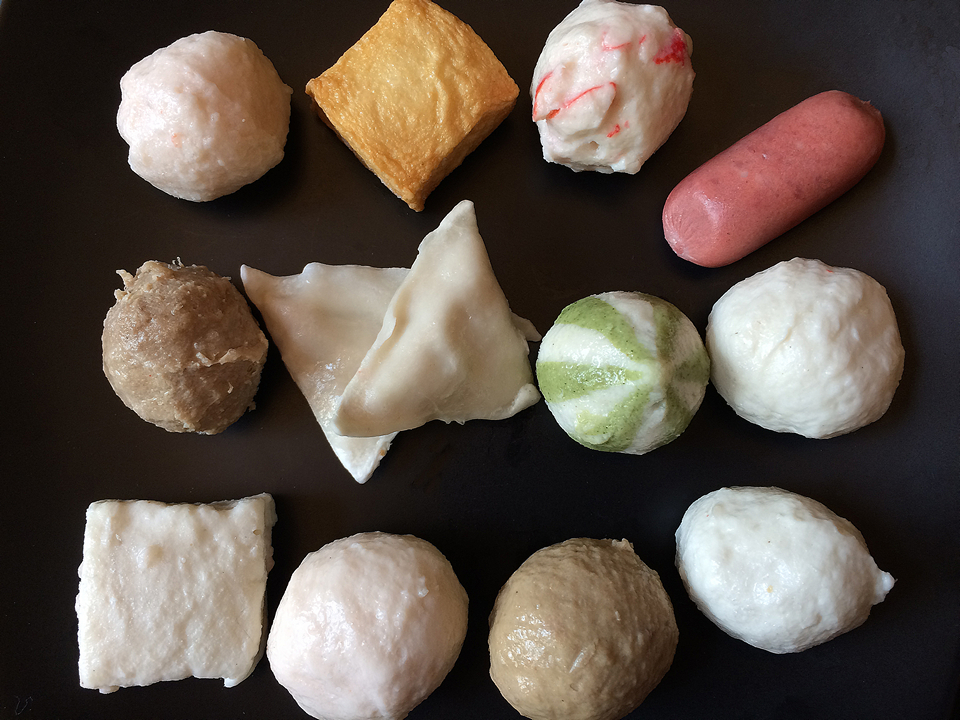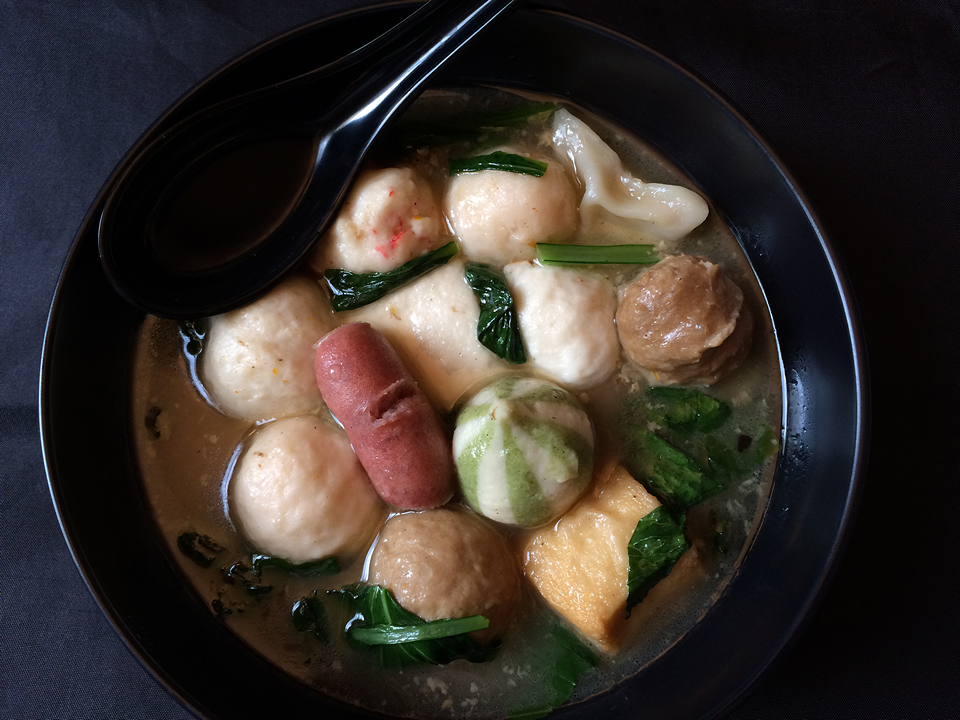If you’ve visited the confectionery aisle at almost any Asian market, you know there’s no shortage of packaged cookies and cookie-like treats to tempt your tastebuds and purge your pocketbook. Japanese renditions of American classics take that to the next level, both in terms of snackability and sticker shock (at least what I can find stateside). A cursory perusal of one such aisle revealed variations on the theme of mini Kit Kats and Oreos (in a bite-sized format unfamiliar to me); I was tickled to find matcha green tea versions of both as well as strawberry Oreo and sweet potato Kit Kat varieties. (This last sported instructions on the back for optional toaster-oven crisping!)


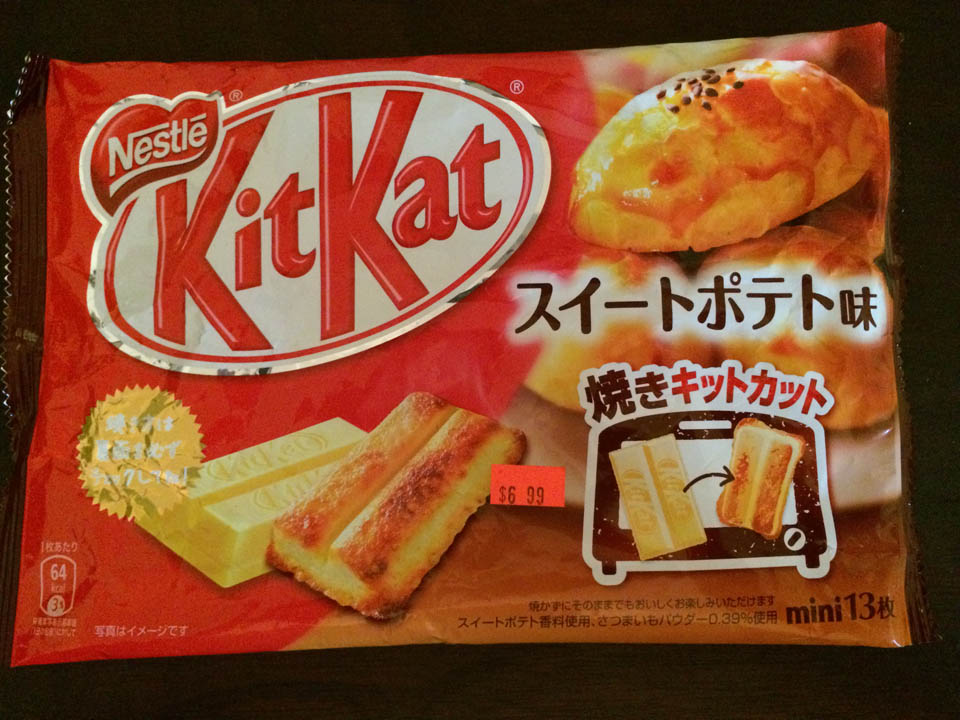
I was less tickled by the prices, however. Certainly the packaging is attractive – bright colors, shiny gold, embossed even! – but lots and lots of air surrounding teeny tiny morsels of sweet crunchiness. (Reminds me of a quote from Monty Python’s Flying Circus: “There will now be a whopping great intermission, during which small ice creams in very large boxes will be sold.”) This 9½ inch wide bag of mini Kit Kats, for example, offers about a dozen individually wrapped pieces, each weighing in at about 12 grams – less than half an ounce – for $6.99, but I guess I do understand why the pricing is what it is.
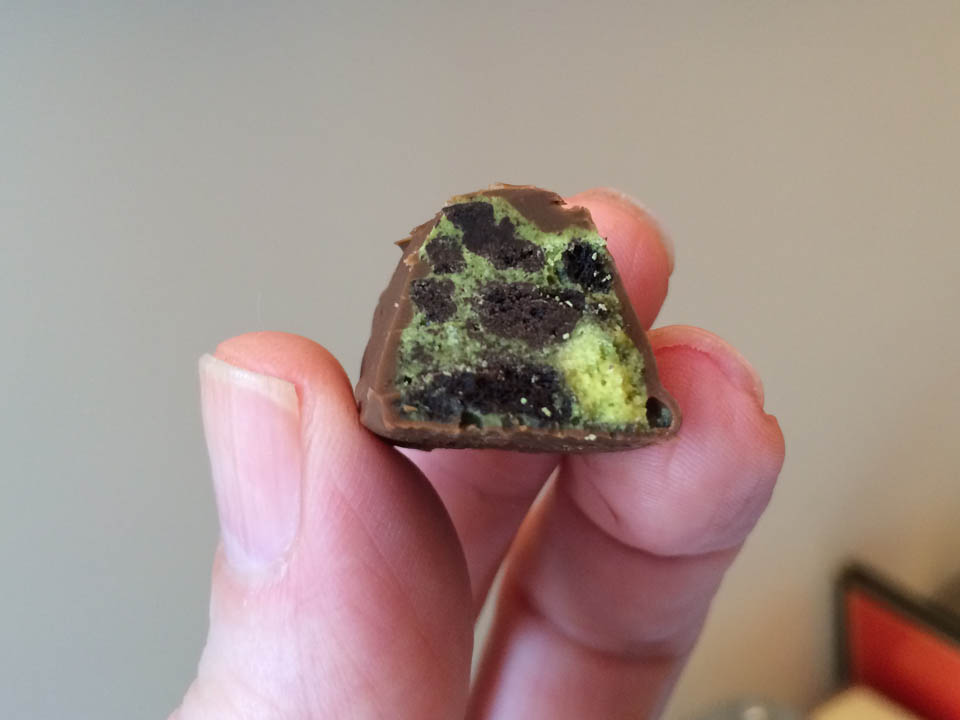
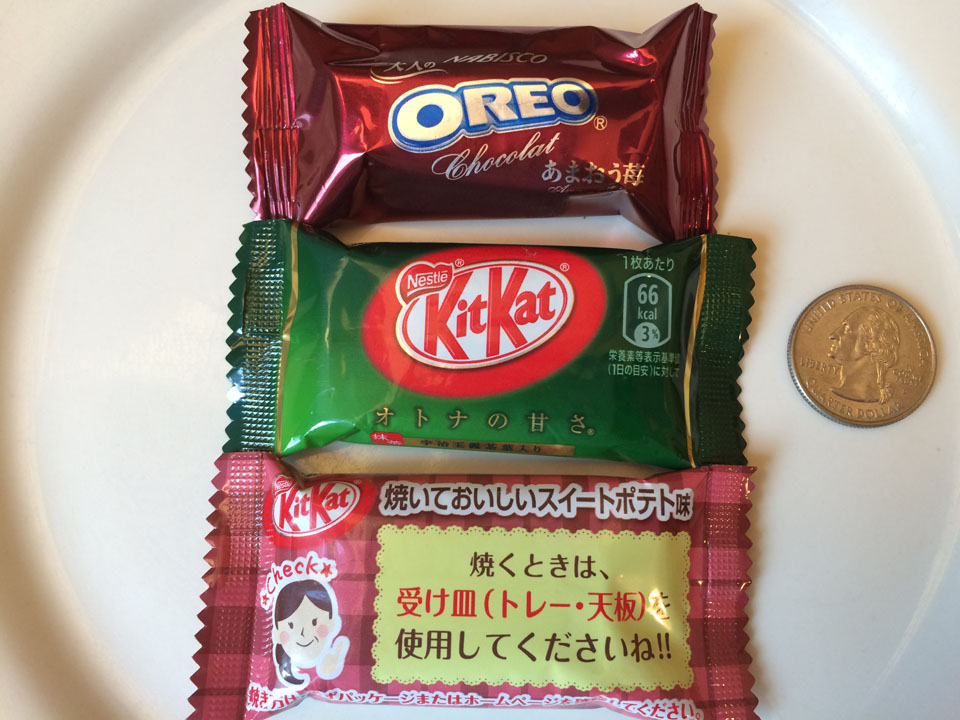

In terms of taste, the sweet potato Kit Kat was, for an instant, sort of sweet potato-y, then it turned somewhat artificial and a little metallic. The matcha was more subtle but was also more true to its green tea flavor description. Strawberry Oreo straddled the fence between fruity and artificial.
(I’ve always theorized that if a being from another planet landed on Earth and was tasked with the challenge of reconciling how the taste of artificial cherry, grape, et al. has any resemblance whatsoever to real cherries or grapes, it would shake its heads, concede defeat, and return home with its tails between its legs. Somehow, after years of ingesting these chemical concoctions, we’ve become inured to their ersatz essences and have accepted the use of the word “raspberry”, for instance, to describe both disparate flavors. Such is the wonder of modern food science as it confronts our ability to suspend culinary disbelief. But I digress.)
It turns out that Japan comes by its penchant for wild and crazy cookie flavors honestly. Since 2000, Nestlé has developed some 200–300 (reports vary) extreme Kit Kat flavors: cinnamon, hojicha roasted tea, strawberry cheesecake, brown sugar, pear, crème brulée, apple, apple vinegar, ginger ale, blueberry cheesecake, hazelnut, raspberry, orange, rum raisin, pumpkin pudding, orange pineapple, choco-banana, pancake, black honey, taro, chili pepper, red bean, edamame, sake, wasabi, soy sauce, and dark chocolate (how’d that get in there?) as well as something called “mixed juice” to name a few. (I can’t help but wonder what flavor “Midnight Eagle” might be.)
The story, as I understand it, of Kit Kat’s overwhelming popularity in Japan has to do with its name – it sounds roughly like “kitto katsu” which translates as “you will surely win”. The smart cookies at Nestlé became aware of burgeoning sales every January when the appropriately named sweet was given to students as a good luck gift prior to taking college entrance exams.
Now, sixteen years later, the candy is the number one seller in Japan, even promoted in schmancy department stores and specialty shops. The unusual (by Western standards) varieties pay homage to the unique flavors of Japanese foods; some of them are based on the particular character of a specific region in the country with limited distribution of each signature flavor to its region.
If you’d like to read more about how Kit Kat became a phenomenon in Japan, check out this story in the online version of the British newspaper, The Telegraph. In it, they write about innovations like an extravagant version covered in gold leaf and a Kit Kat croissant available in a coffee shop chain that sells out on a daily basis. (Take that, Dominique Ansel.)
I’m certain that more of these delicious wonders are lurking throughout the New York City area. (Update: I subsequently found bittersweet chocolate, strawberry, and Japanese sake. And more recently, I’ve discovered a designer version, the “Chocolatory Moleson”, the first decorated Kit Kat, which is topped with dried cranberries and almonds – placed there by hand!) Fellow ethnofoodies: let me know what you find and where you found it and I’ll update this post along with a hat tip for your hunting prowess!

